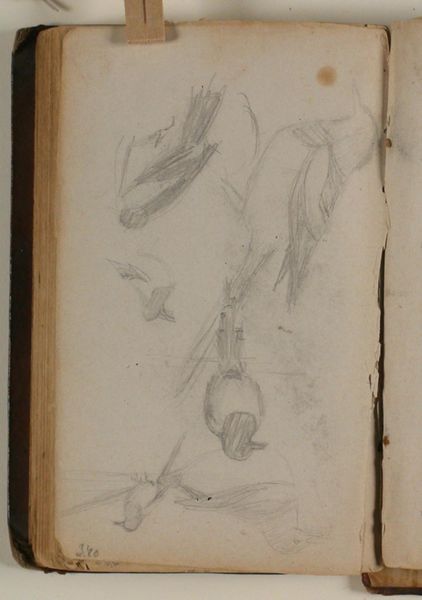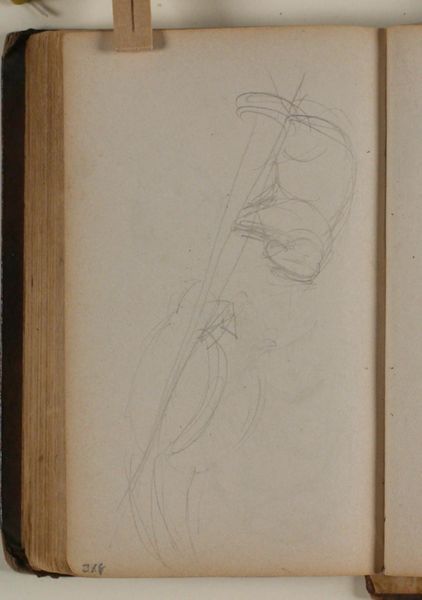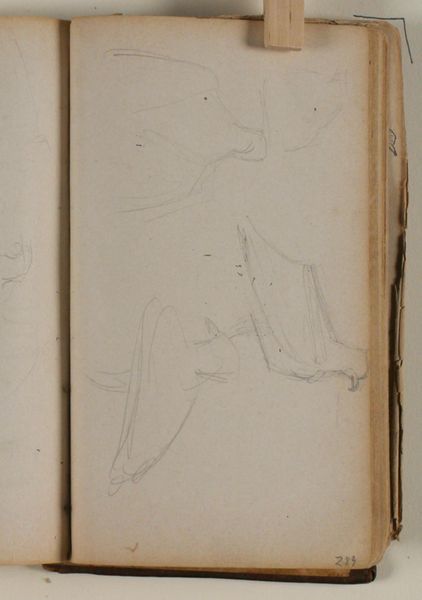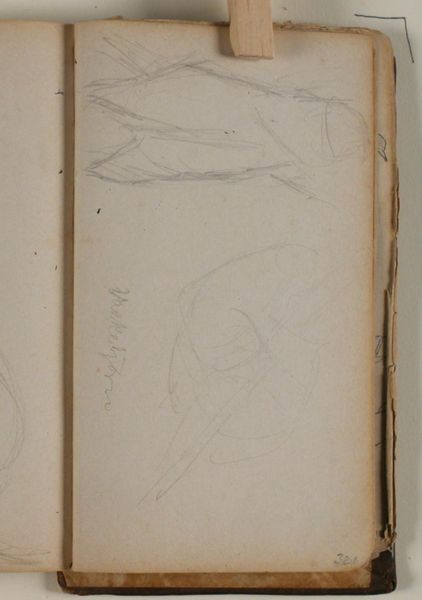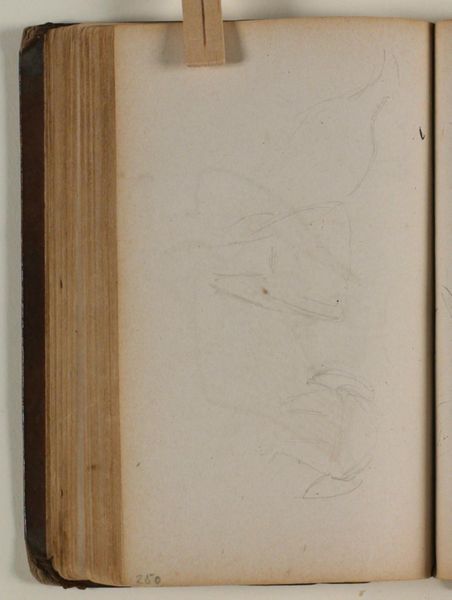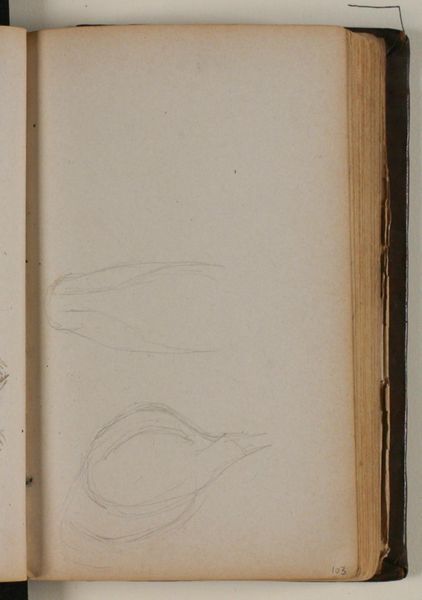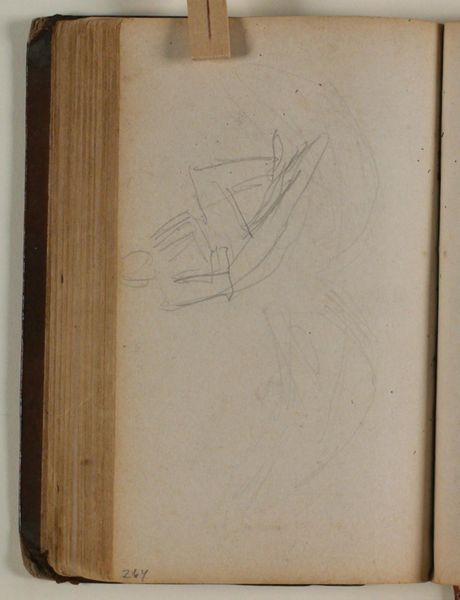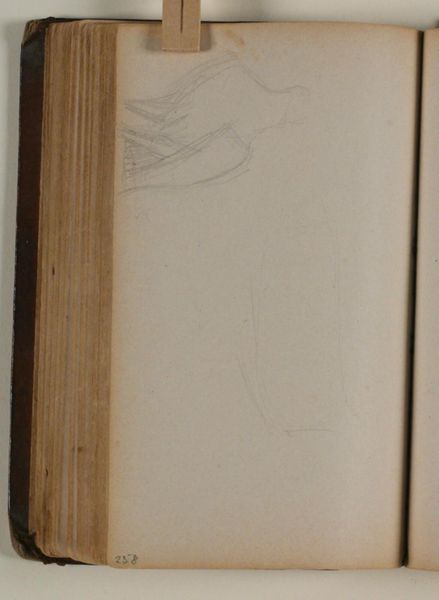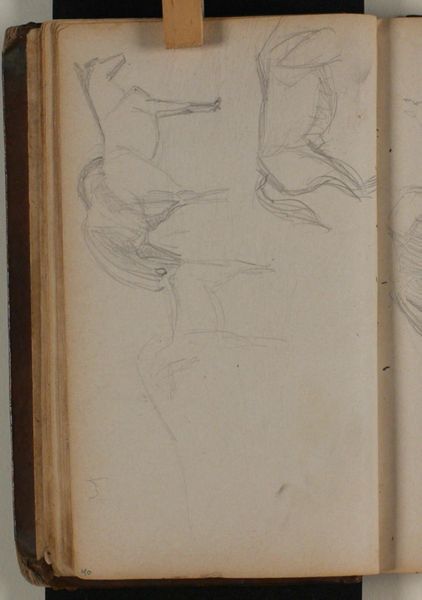
drawing, paper, pencil
#
drawing
#
pencil sketch
#
landscape
#
paper
#
pencil
#
realism
Editor: Here we have Niels Larsen Stevns' "Studier af svaner," or "Studies of Swans," dating from 1864 to 1941. It's a delicate pencil drawing on paper, quite unassuming, almost fleeting. What strikes me most is its simplicity. What do you see in this piece? Curator: I see the swan not just as a bird, but as a vessel of transformation, an echo of myth. The quick pencil strokes, barely there, suggest a capture of movement, of a soul taking flight. Consider the swan’s association with purity, grace, but also, in darker myths, with deceit and hidden depths. Think of Leda and the Swan. Does the sketch evoke any particular narrative for you? Editor: I hadn't considered those darker narratives. To me, it felt more serene, like a study of nature in its most tranquil form. But thinking about Leda, I suppose there's a latent tension even in the delicate lines. Curator: Precisely. Even a sketch, seemingly simple, can resonate with centuries of cultural weight. It’s about recognising those undercurrents. The swan has appeared in funerary art symbolizing grief and beauty. Stevns might have tapped into the collective memory unconsciously. What’s your understanding now, given this multilayered history? Editor: Now, looking at it again, I notice a certain fragility, almost vulnerability, in the way the swan is rendered. It's not just a serene creature, but a symbol of something more profound, burdened perhaps by its own symbolism. Curator: Indeed. It's a testament to how artists, consciously or not, engage with the symbolic vocabulary passed down through generations. We are shaped by images. And images shape us. Editor: That's a completely different perspective than my initial reading. It makes you realize the immense power an image can hold. Curator: Absolutely, an artist sketches a swan and unconsciously revives an archetype.
Comments
No comments
Be the first to comment and join the conversation on the ultimate creative platform.
